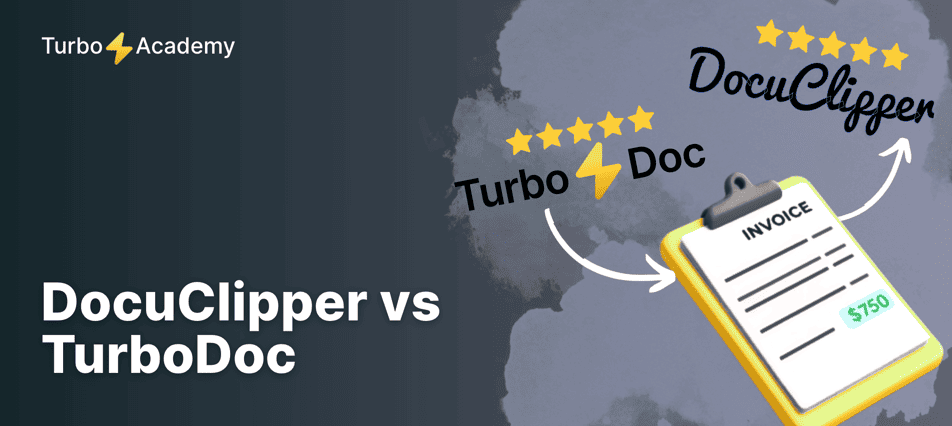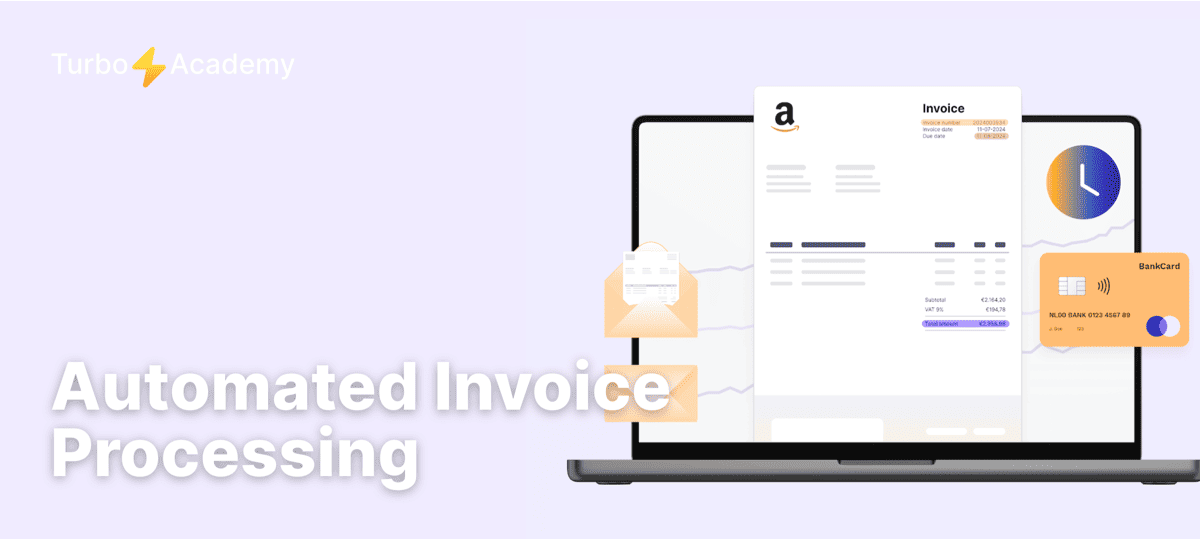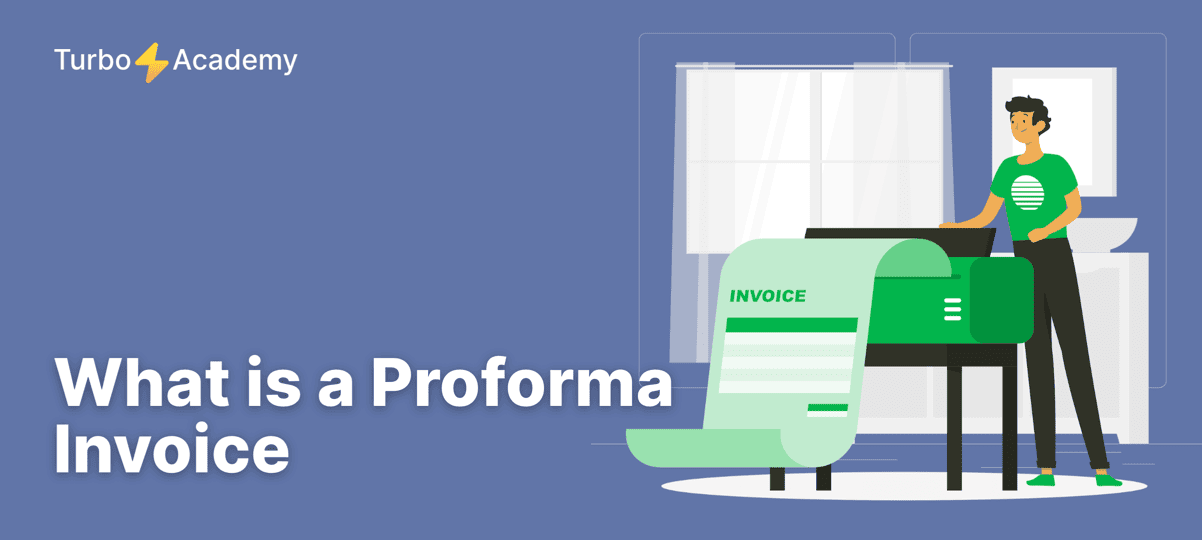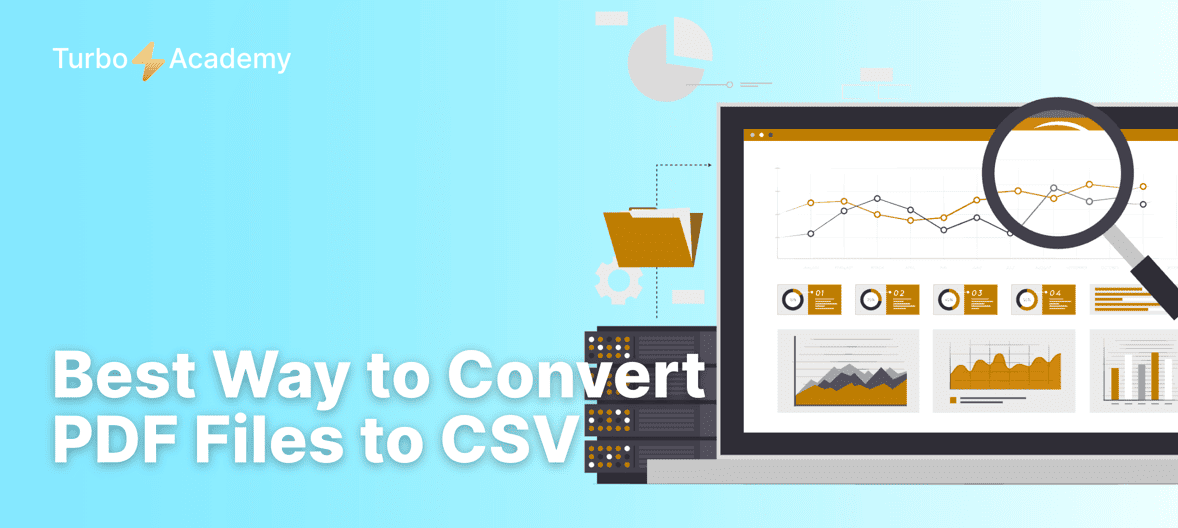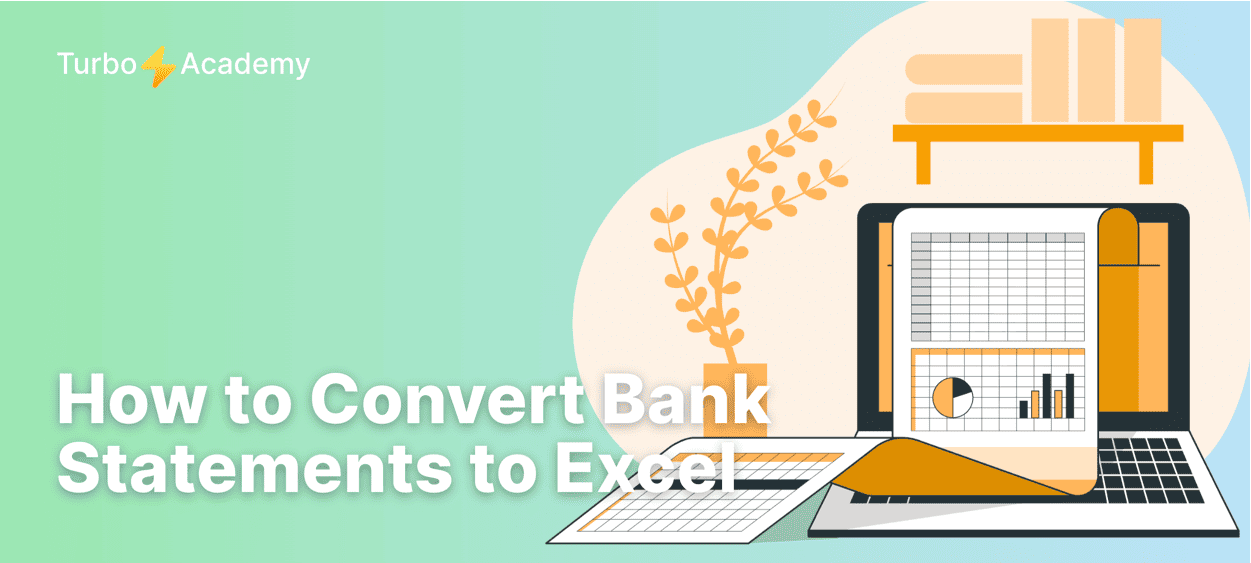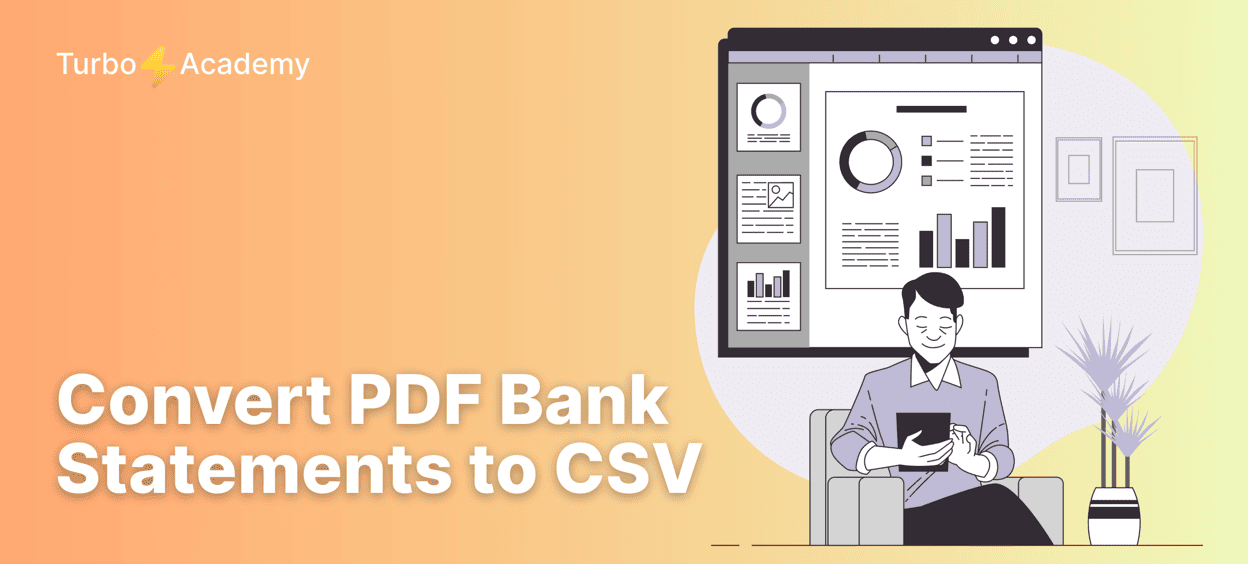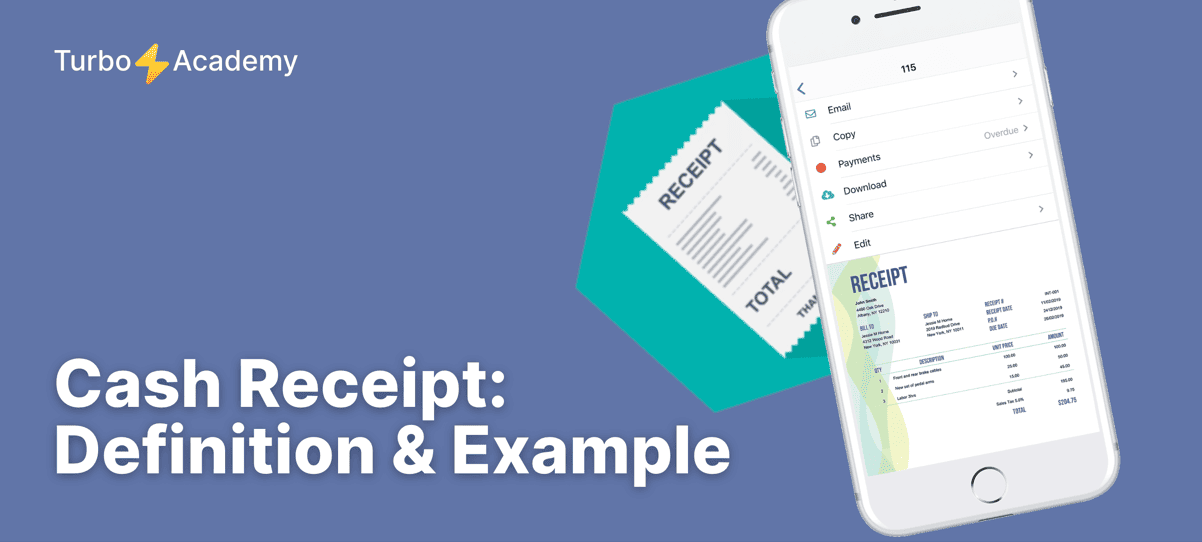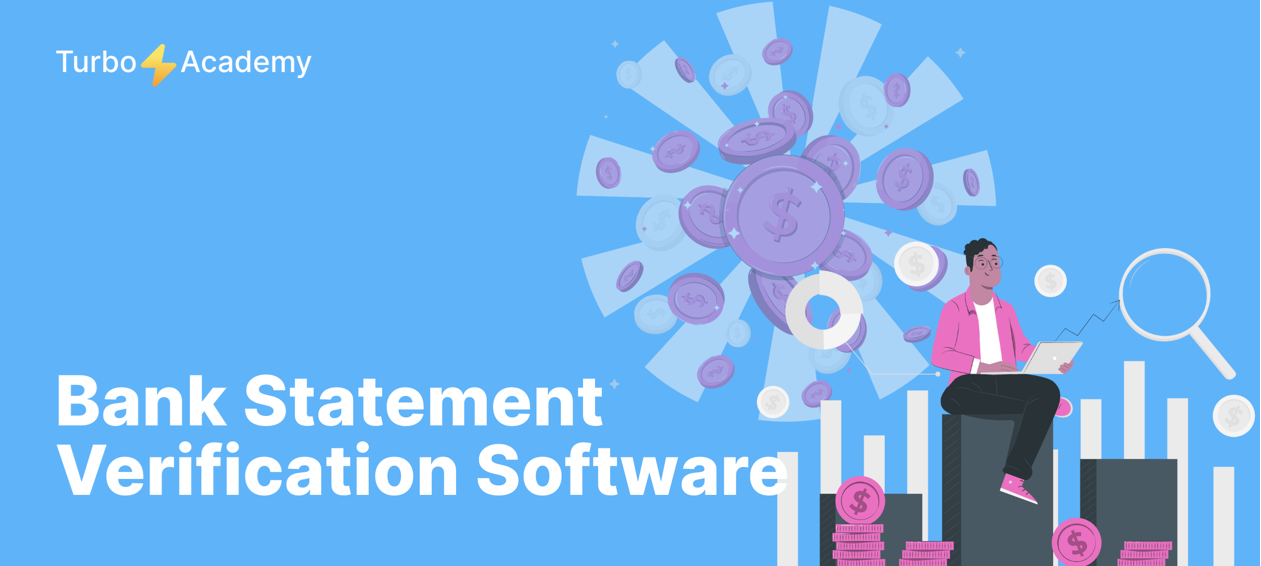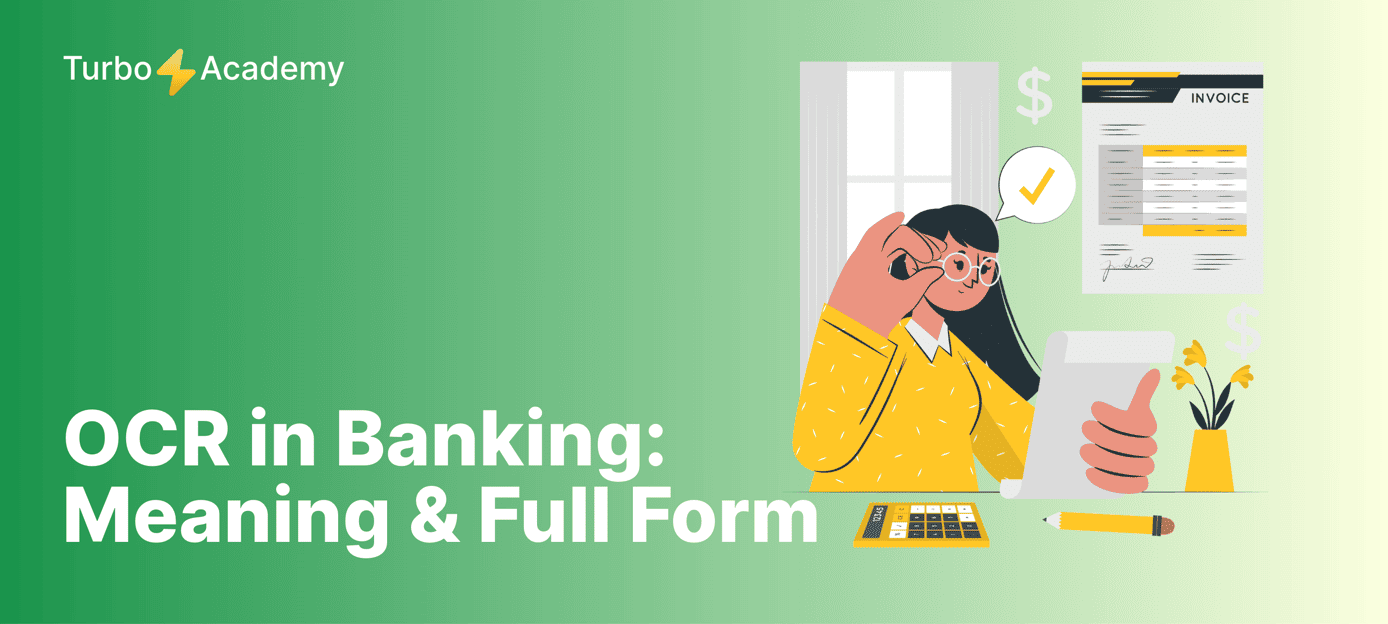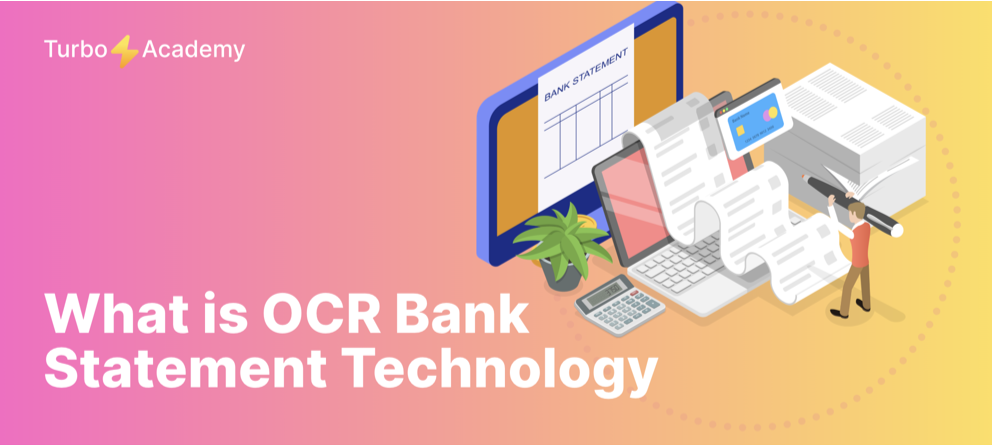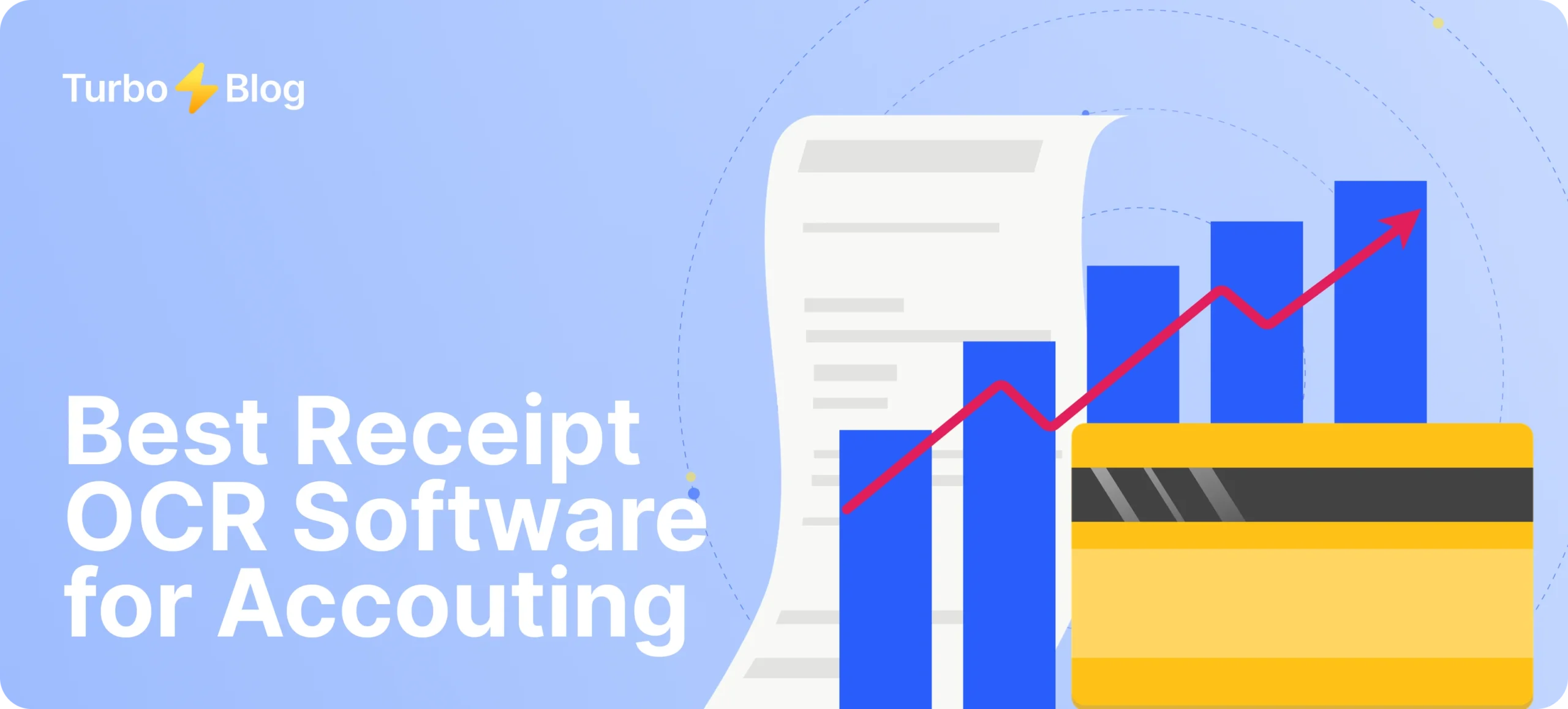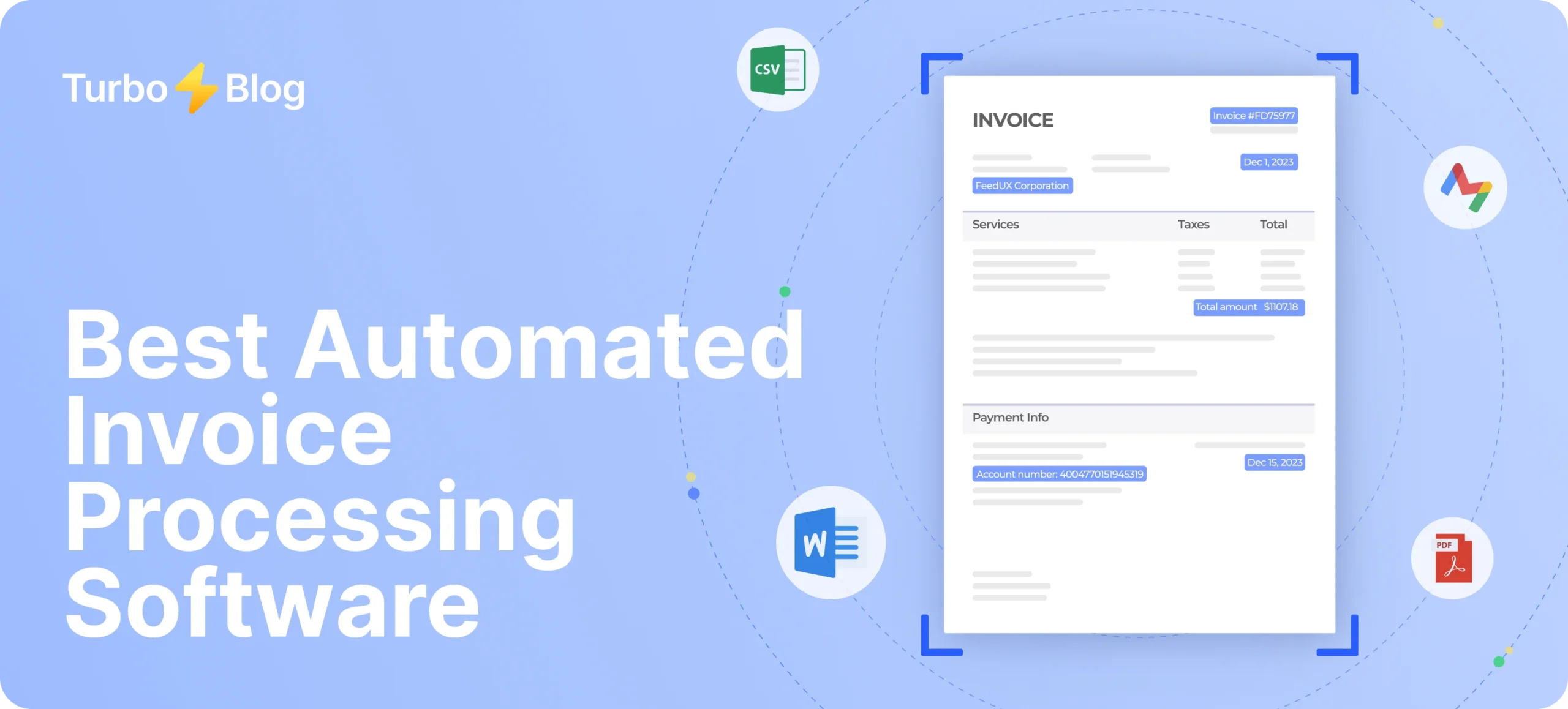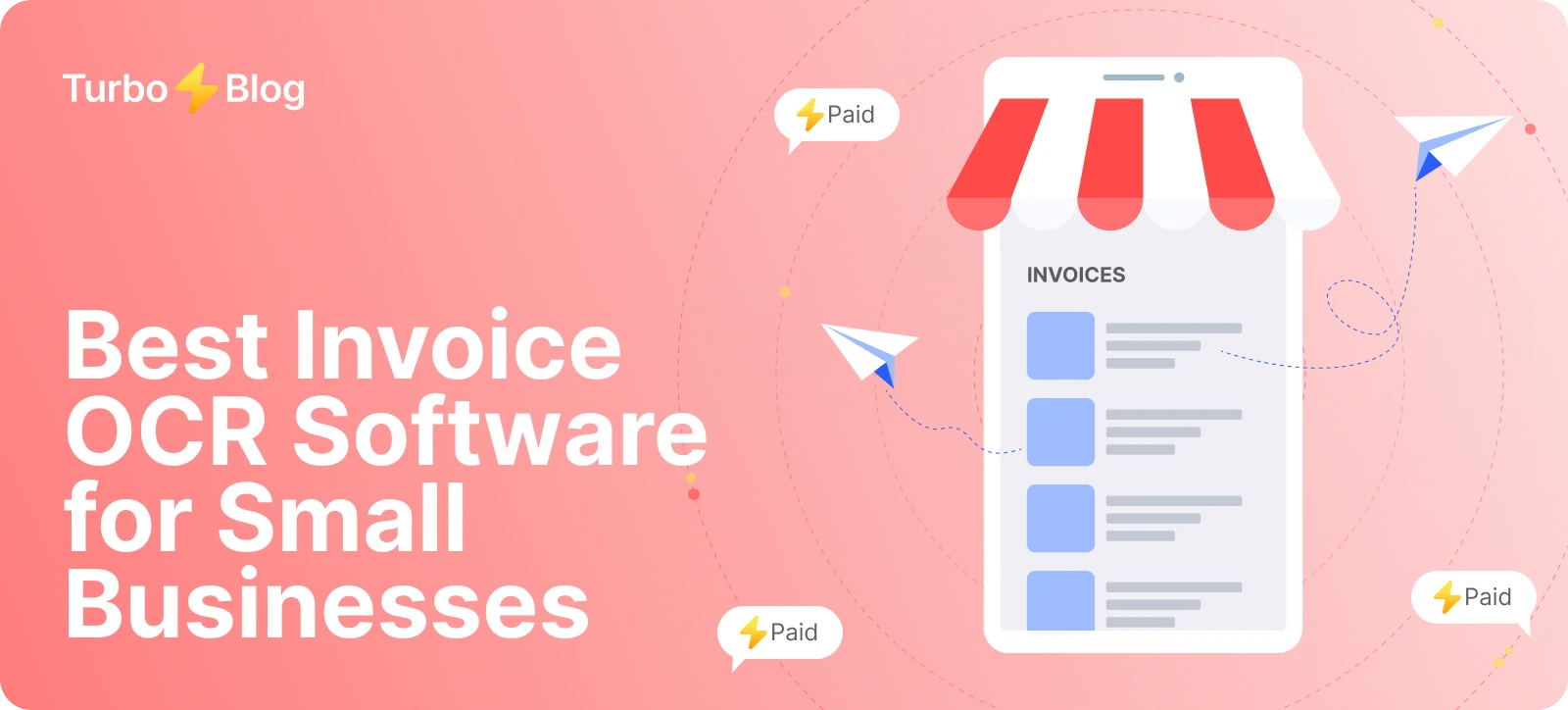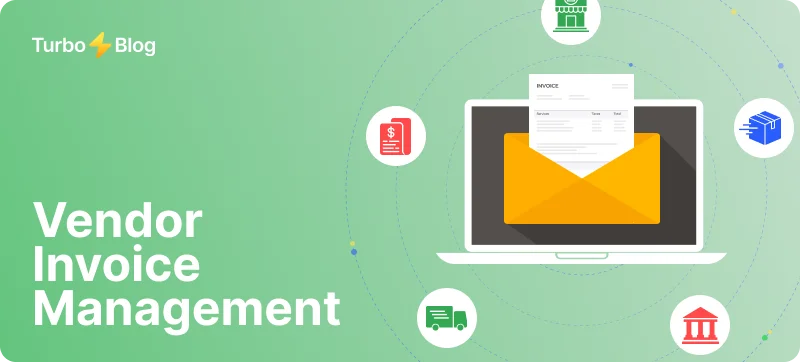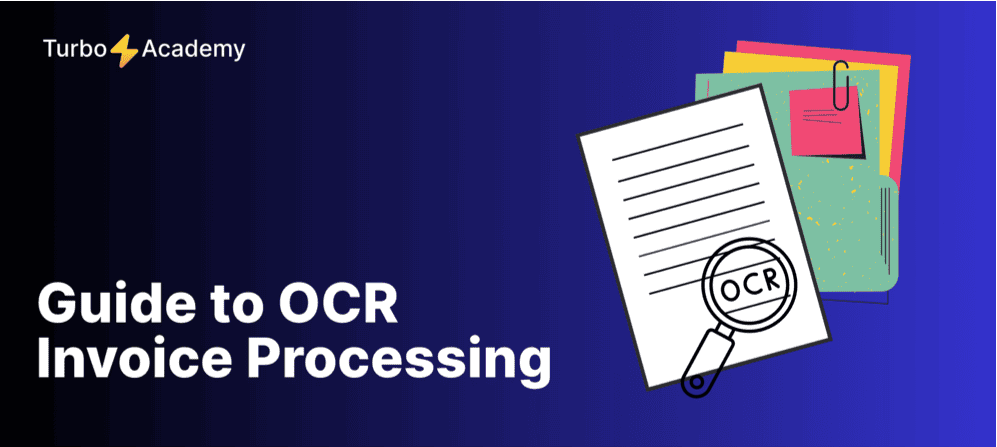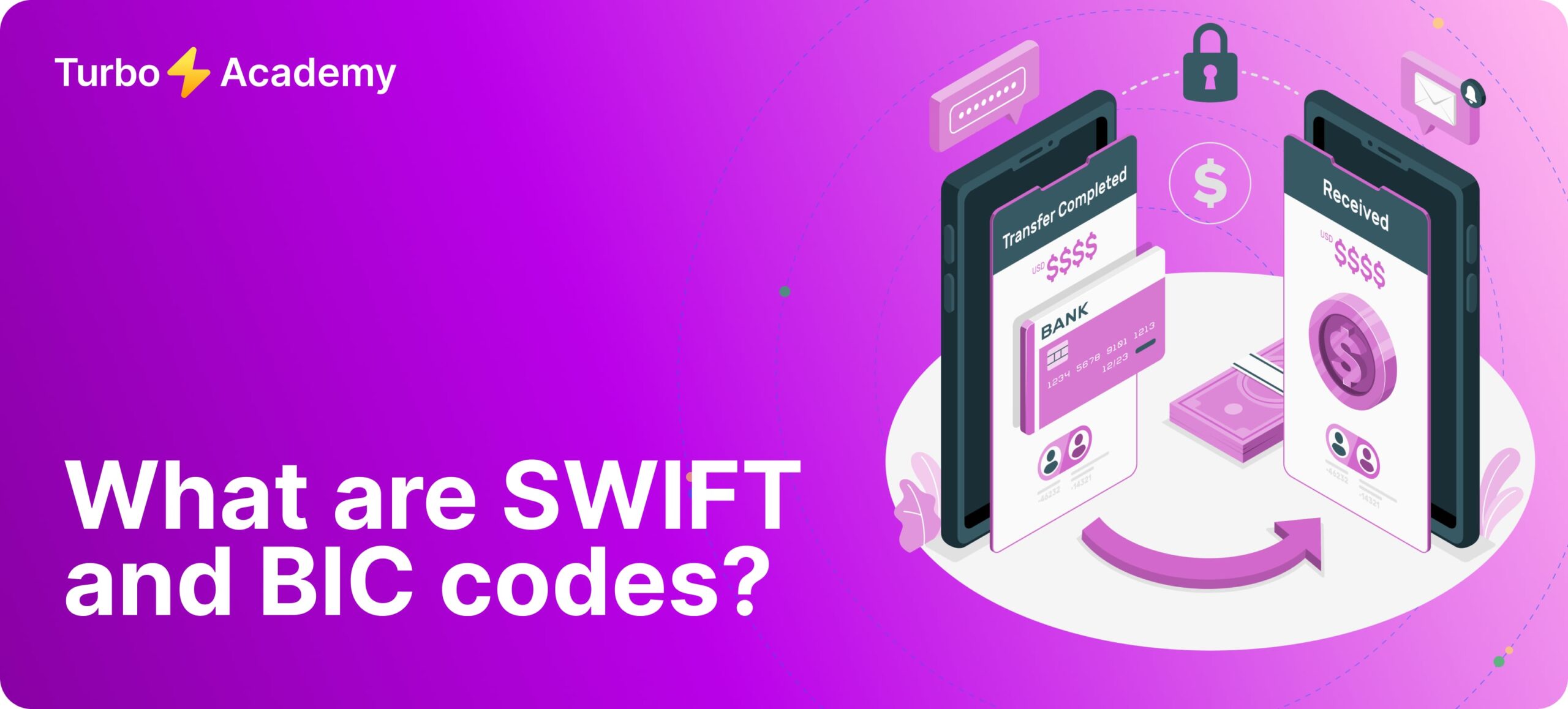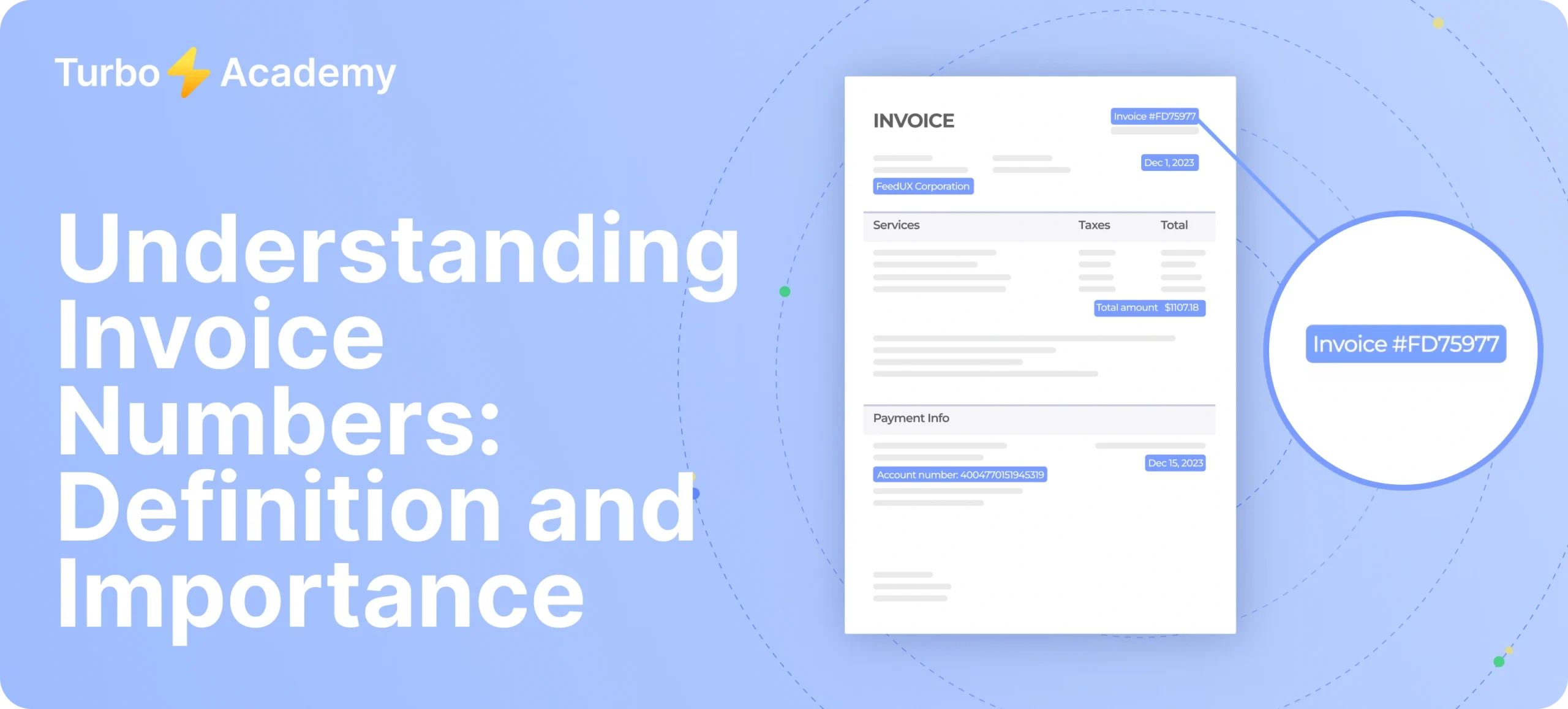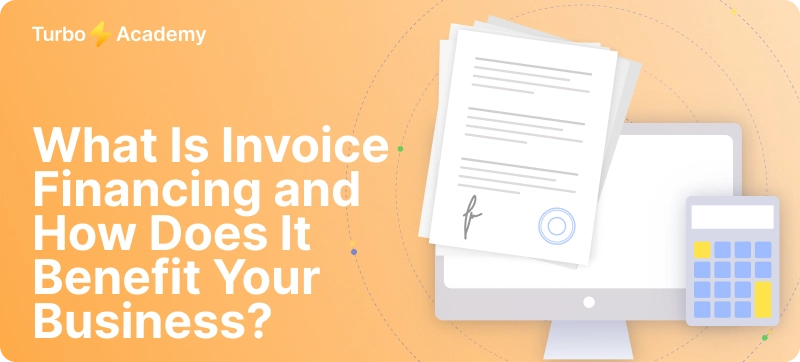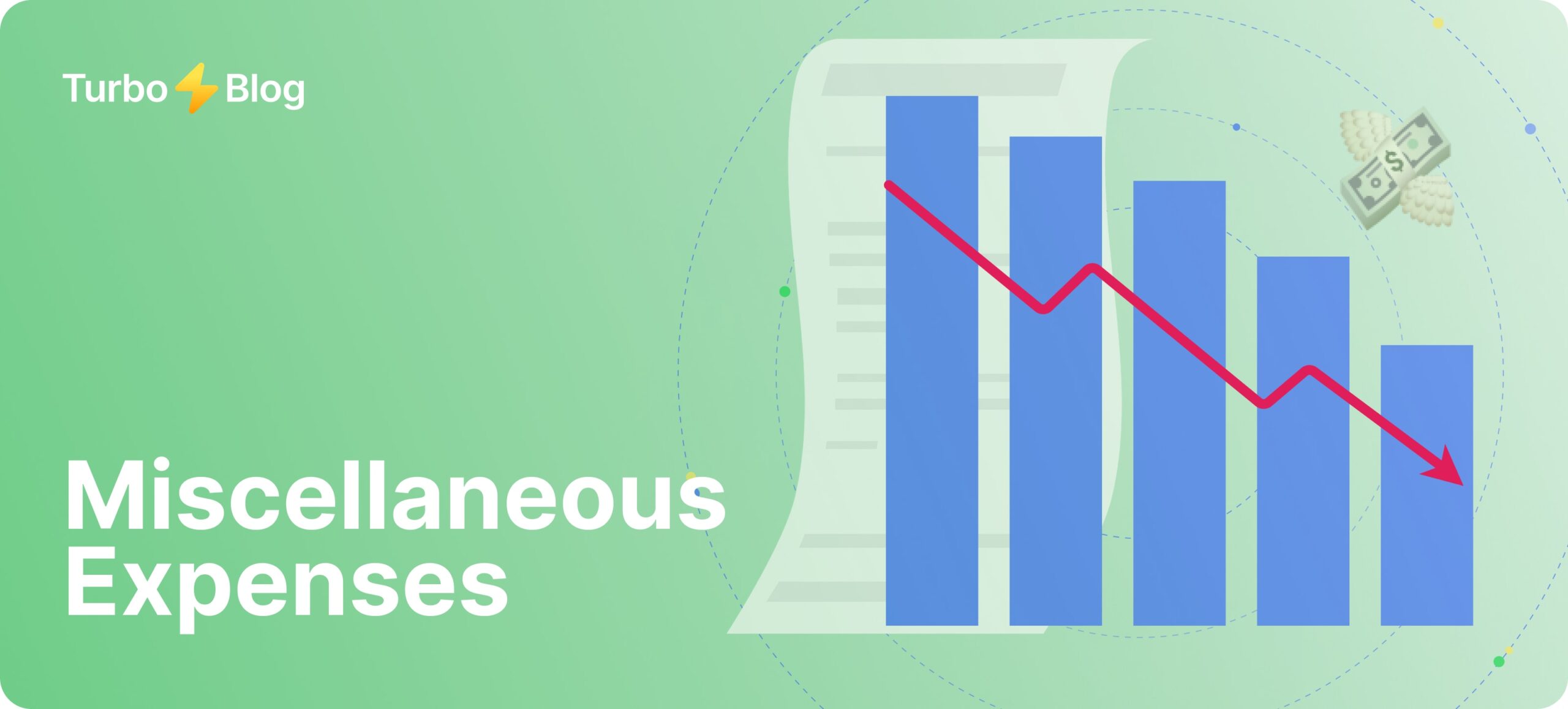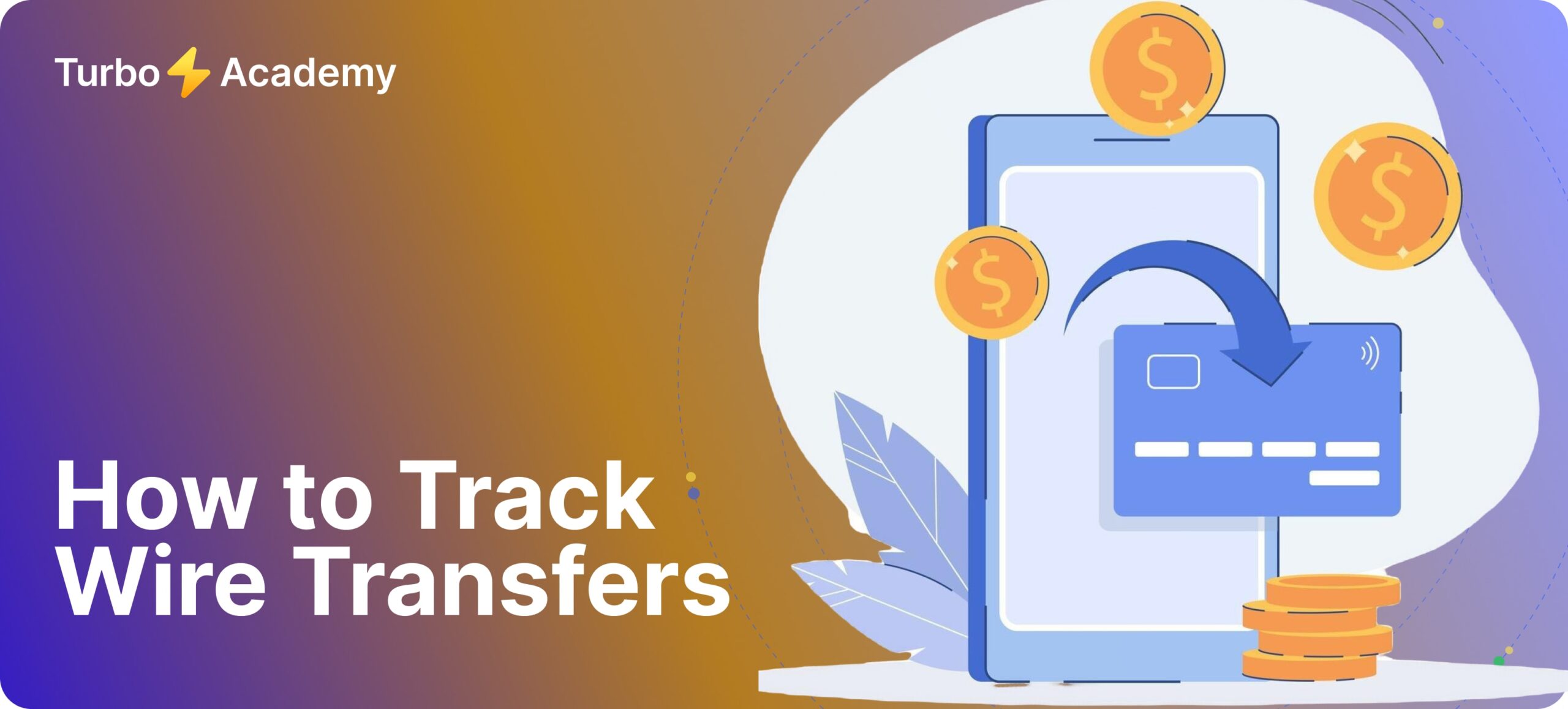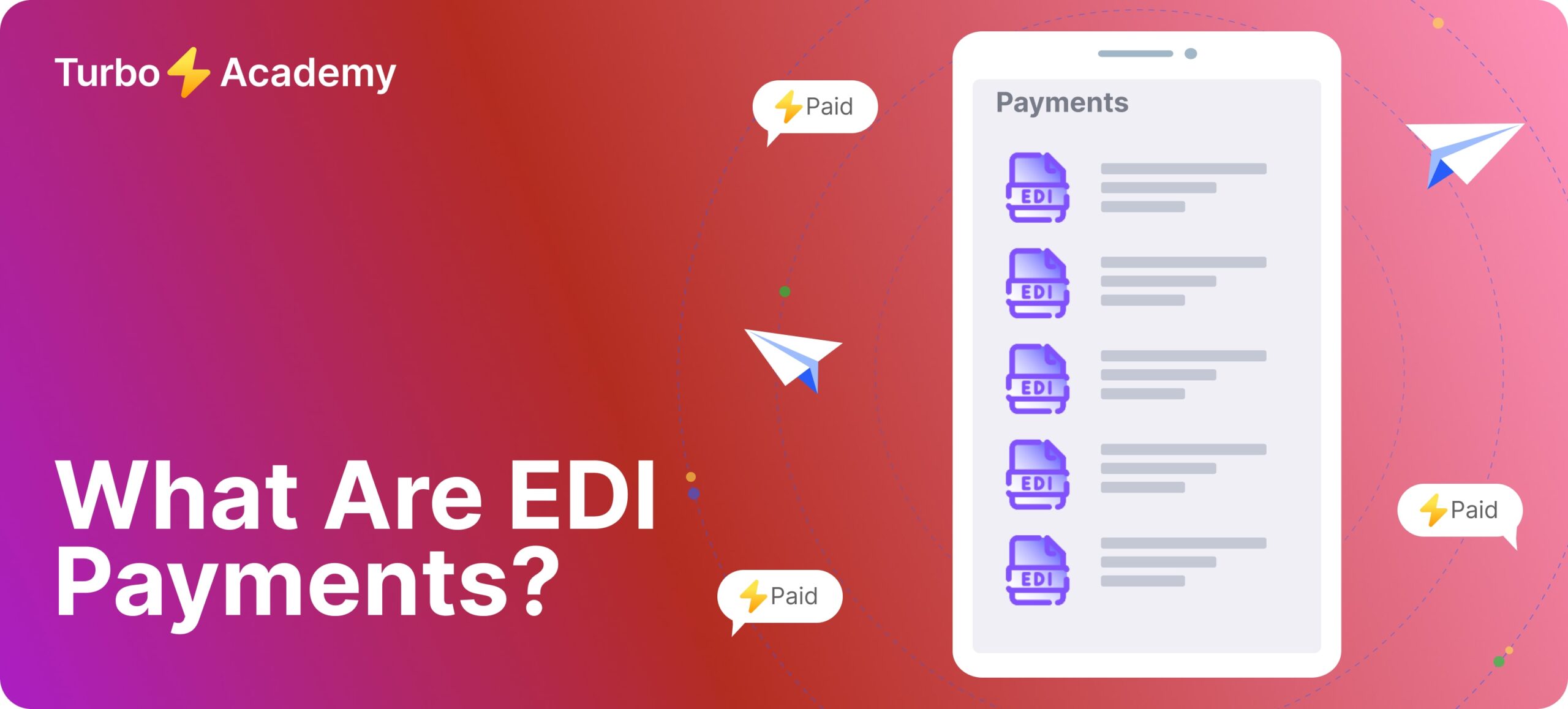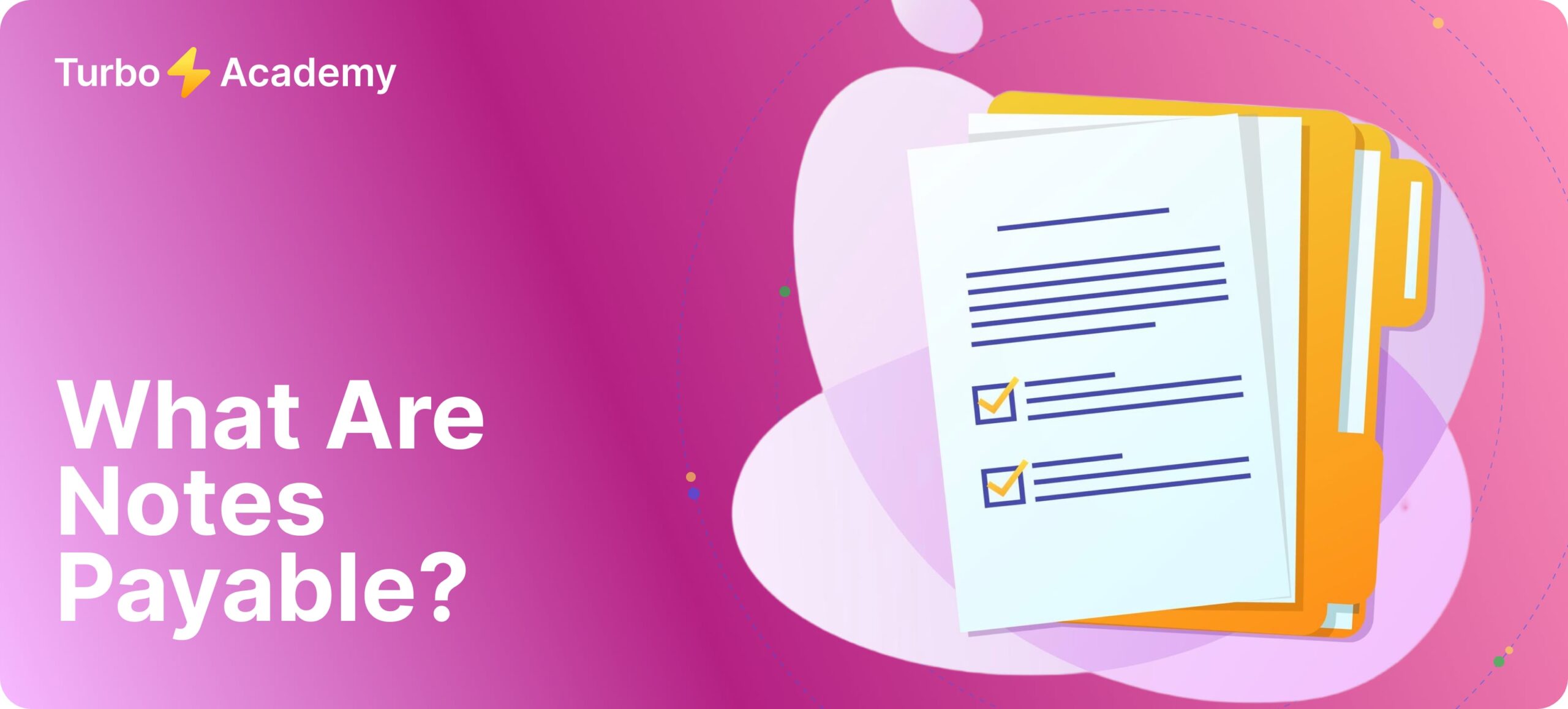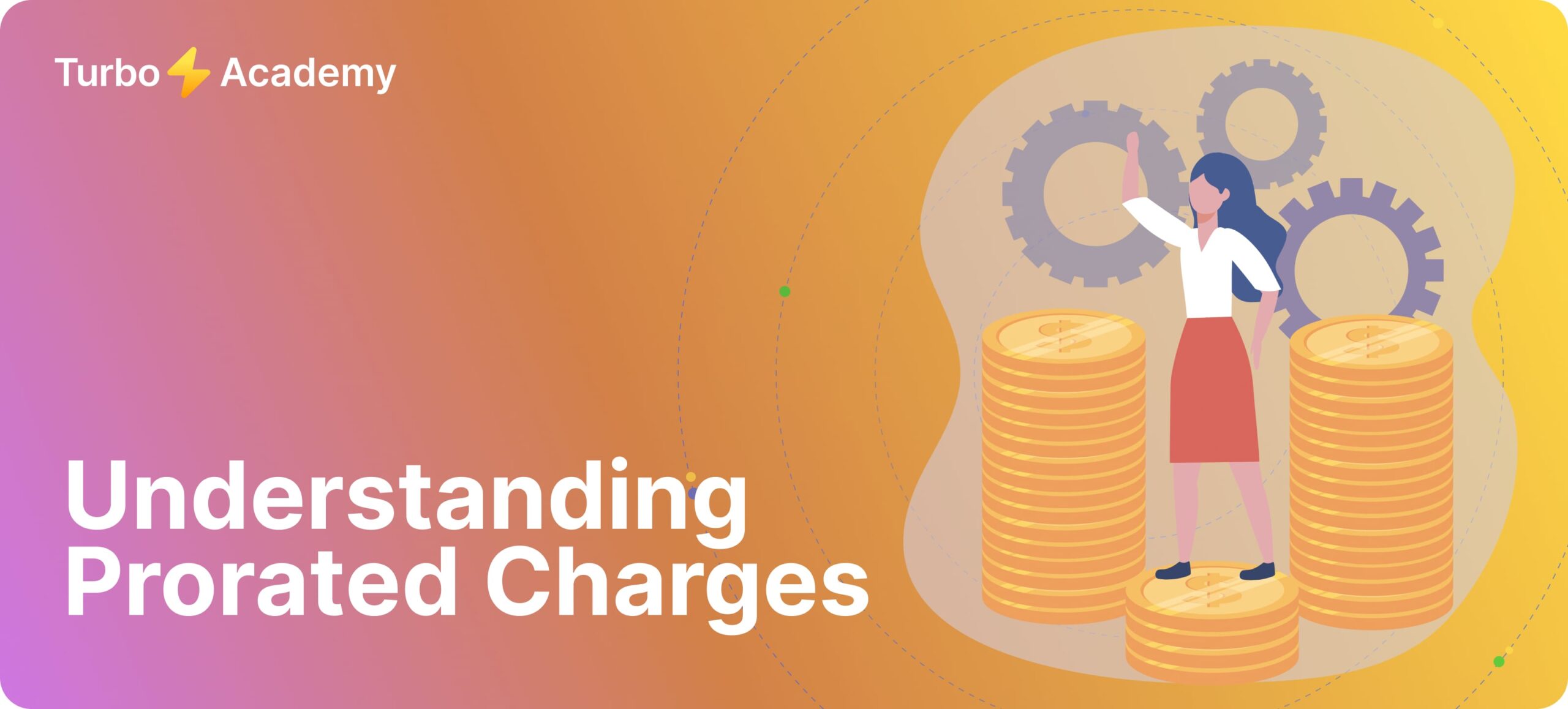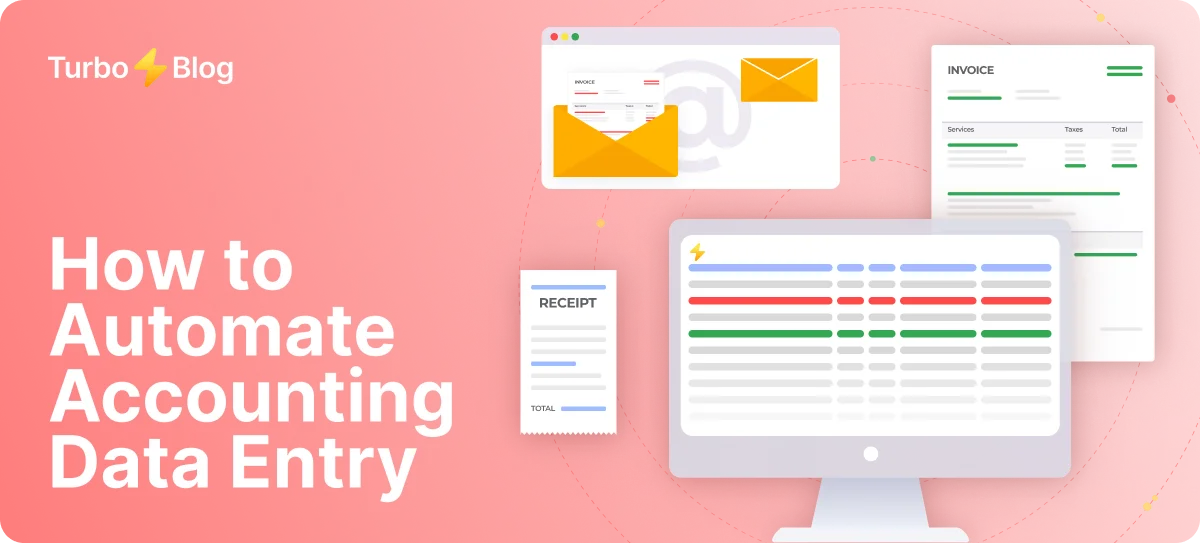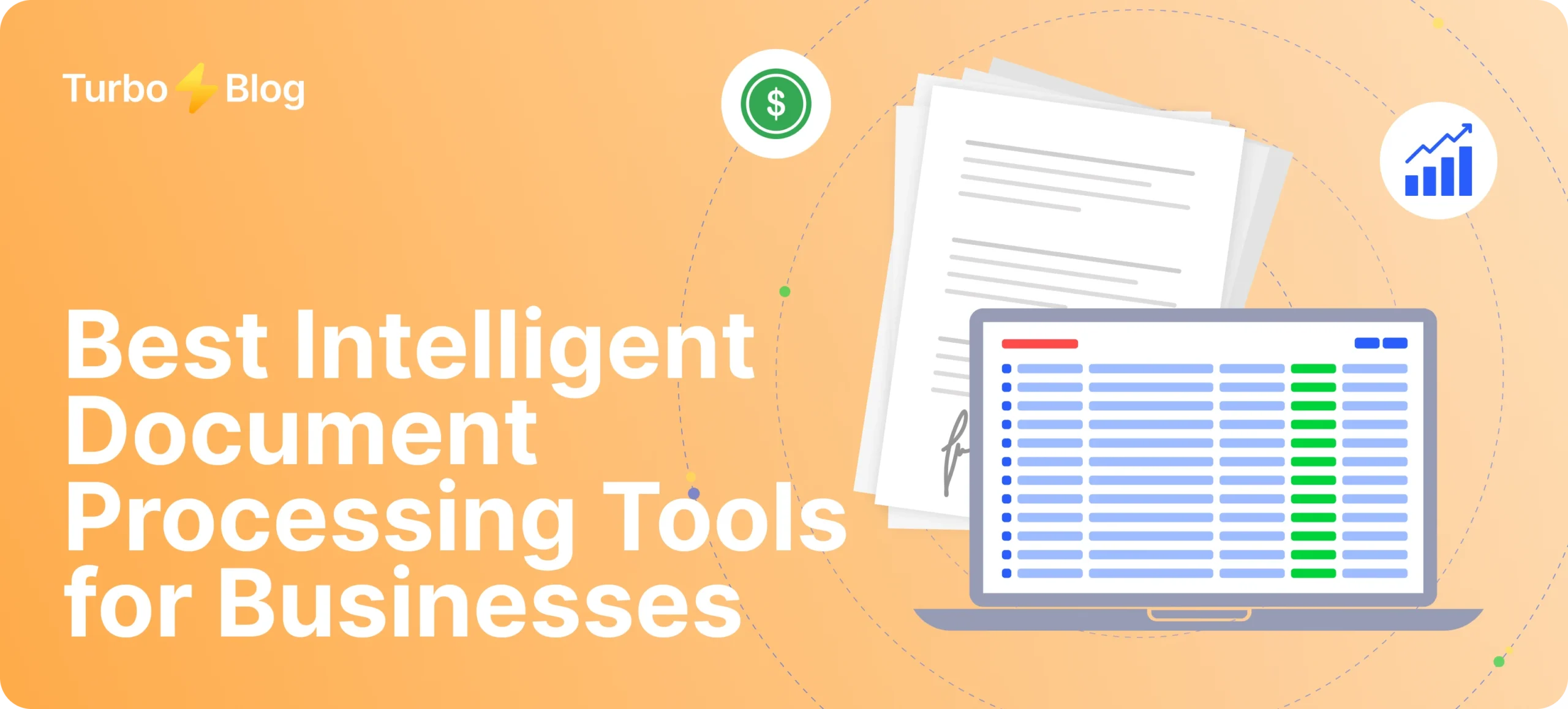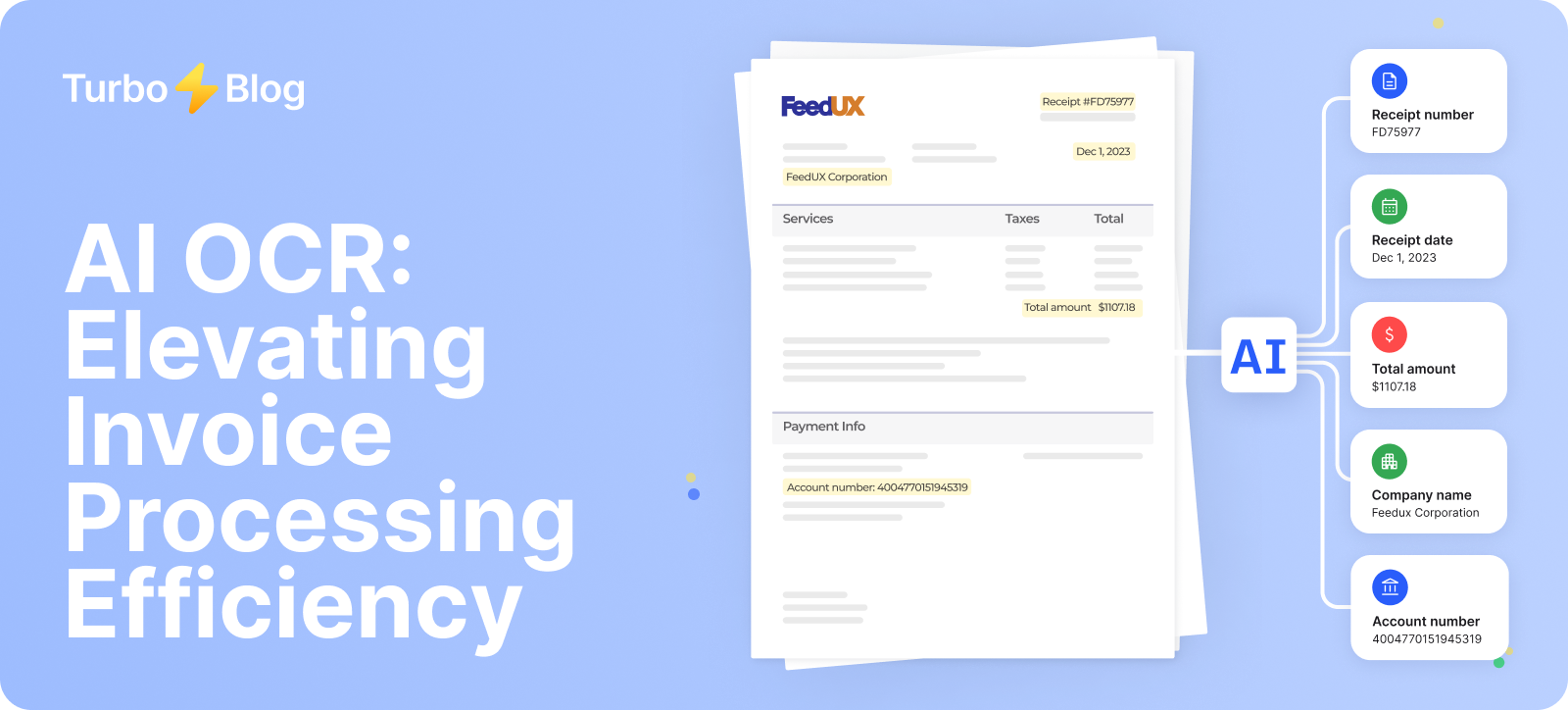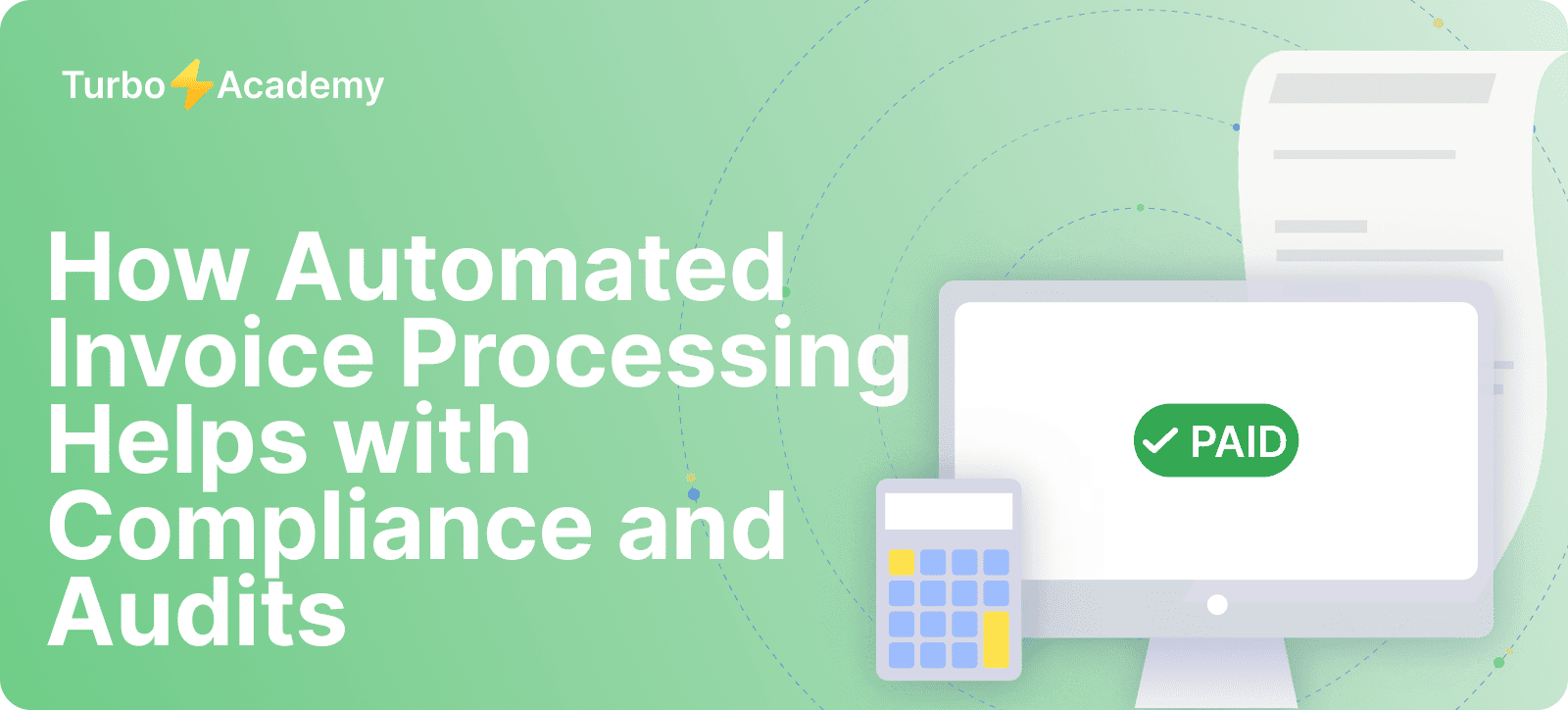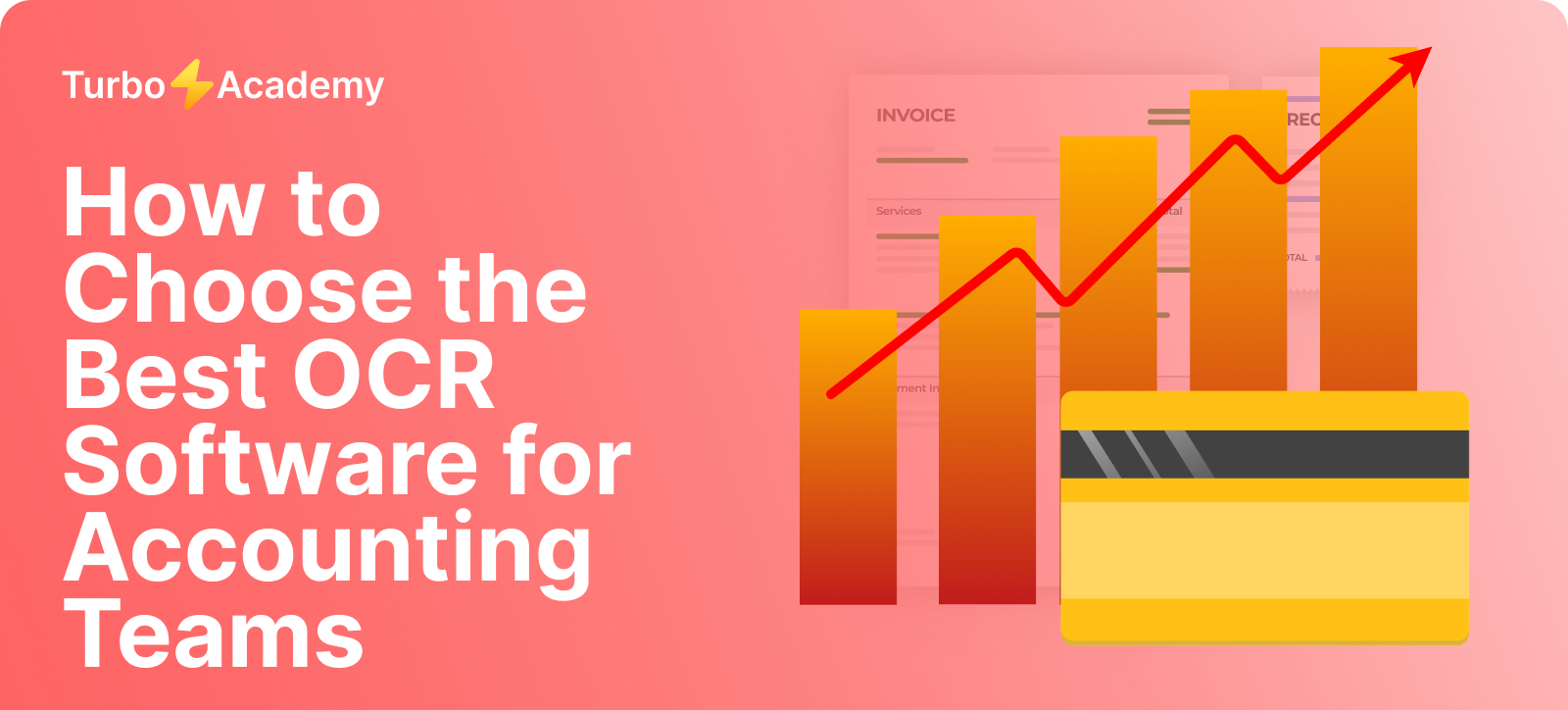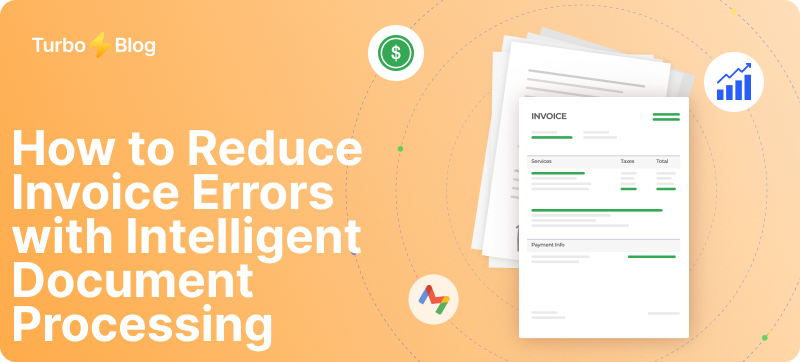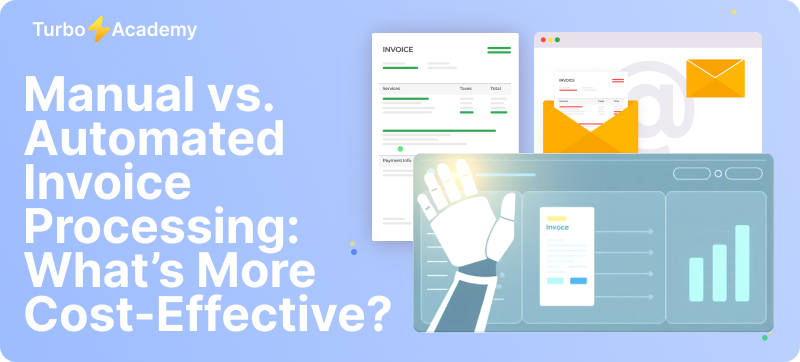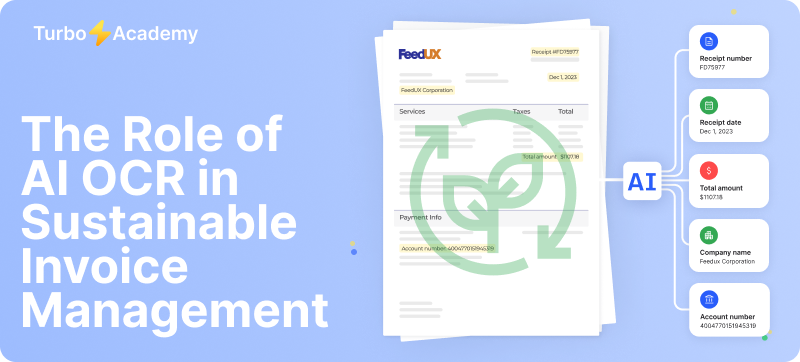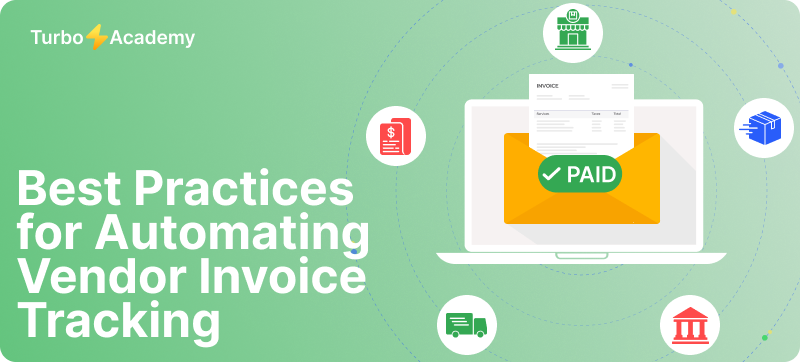Many people ask, «Is an invoice the same as a receipt?» or «Can a receipt replace an invoice?» Understanding the invoice and receipt difference helps ensure proper financial tracking, accurate tax reporting, and compliance—especially when dealing with sales receipts, billing receipts, or tax invoice vs receipt scenarios.
With modern tools like TurboDoc, businesses can easily generate, send, and manage both invoices and receipts, ensuring a smooth and professional experience. Whether you’re sending a sales invoice, issuing a paid invoice receipt, or confirming an online payment, TurboDoc simplifies the process, saving you time and reducing errors.
Automate document processing with TurboDoc
Recognize invoices, contracts, and forms in seconds. No manual work or errors.
Try for free!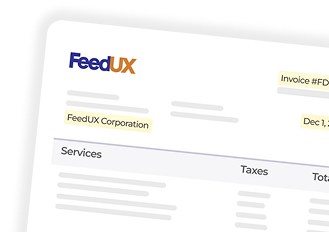
What Is an Invoice?
An invoice is a formal document issued by a seller to request payment for goods or services. It is sent before payment is made and includes key details like the invoice number, date, client information, itemized charges, and total amount due.
- Purpose: To formally request payment for goods or services. An invoice is a document that notifies the buyer of the total amount due and outlines the payment terms.
- Timing: Issued before the customer pays, typically after the delivery of a good or service but before the payment has been received.
- Information: Includes a unique invoice number, invoice date, client and seller details, an itemized list of products or services, individual prices, tax (if applicable), and the total amount to be paid.
- Use Case: Common in sales, freelance work, business-to-business (B2B) transactions, and any situation where payment is not immediate.
- Note: Unlike a receipt, an invoice is not proof of payment — it’s a formal billing document that initiates the payment process.
With digital tools like TurboDoc, you can easily generate professional sales invoices, track online payments, and automate your billing process — all while ensuring every invoice is a request that meets your business needs.
What Is a Receipt?
A receipt is an official document that serves as proof of payment. It is issued after payment has been made to confirm that the customer has paid for the goods or services provided.
- Purpose: To confirm that payment has been received. A receipt is a document that acknowledges the transaction is complete.
- Timing: Issued after payment, once the customer has settled the amount owed.
- Information: Includes the date of payment, the amount paid, method of payment, reference or invoice number (if applicable), and a brief description of the goods or services.
- Use Case: Common in retail, sales, and service-based businesses where a receipt serves as legal and financial documentation.
- Note: A receipt is not a billing tool. It cannot replace an invoice, but it may reference one, especially in cases like a paid invoice receipt or tax invoice receipt.
With tools like TurboDoc, you can quickly issue a receipt after every transaction — whether for a sales receipt, online purchase, or client payment — ensuring accurate records and a smooth customer experience.
Automate document processing with TurboDoc
Recognize invoices, contracts, and forms in seconds. No manual work or errors.
Try for free!



Invoice vs Receipt: What’s the Key Difference?
The key difference between an invoice and a receipt lies in the payment stage they represent. An invoice is a request for payment, while a receipt is a confirmation that payment has been received.
Key Differences:
Payment Stage:
- Invoice: Issued before payment, requesting money for goods or services.
- Receipt: Issued after payment, confirming that the transaction is complete.
Timing:
- Invoice: Comes before the customer pays.
- Receipt: Comes after the payment has been made.
Purpose:
- Invoice: To bill the customer with clear payment terms and a total amount due.
- Receipt: To provide proof of payment and confirm that the buyer has fulfilled their obligation.
Analogy:
Think of an invoice as a bill—like the one you get at a restaurant. It tells you how much you owe. Once you pay, you get a receipt, which is your confirmation that the bill has been paid.
In many sales or business transactions, especially when offering goods or services, both documents are essential. A sales invoice sets expectations; a receipt ensures closure.
With platforms like TurboDoc, you can seamlessly manage both—send an invoice when payment is due, and issue a receipt once the payment has been received.
Key Differences Between an Invoice and a Receipt
When to Use an Invoice and When to Use a Receipt
Understanding the difference between an invoice and a receipt is essential for businesses of all sizes. While both documents are part of the payment process, they serve different purposes and are used at different stages of the transaction.
Use an Invoice When…
- You need to request payment for goods or services that have been delivered but not yet paid for.
- The transaction involves delayed payment terms (e.g., Net 15, Net 30).
- You work as a freelancer, contractor, or provide services where payment is not immediate.
- You need to provide documentation for outstanding payment or to remind a client to pay.
- You want to send an invoice with clear payment options, a unique invoice number, and a total amount due.
Example: A graphic designer completes a project and sends an invoice with detailed charges and a due date. The invoice is issued before payment, and it includes the scope of work and agreed rates.
Use a Receipt When…
- Payment has been received, and you need to provide proof of payment to the customer.
- The transaction occurs immediately, such as in retail or e-commerce sales.
- The client requests an official receipt for tax or expense claim purposes.
- You need to show that the invoice has been paid, or simply confirm a payment from a customer.
- You are required to provide a receipt by law or accounting standards.
Example: A retail shop issues a receipt after payment is made at the register. The receipt confirms that the payment is complete and serves as proof of purchase.
Key Difference in Use: Invoice vs Receipt
Whether you’re looking to create an invoice, send a receipt, or manage both, tools like TurboDoc simplify receipt and invoice management, ensuring nothing falls through the cracks. By learning the difference and applying the right document at the right time, your sales, accounting, and compliance processes stay accurate and efficient.
Automate document processing with TurboDoc
Recognize invoices, contracts, and forms in seconds. No manual work or errors.
Try for free!
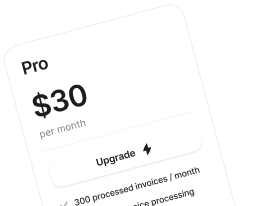
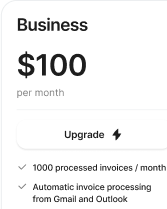
Can You Use an Invoice as a Receipt?
This is a common source of confusion: Can an invoice serve as a receipt? In short — no, at least not in most legal or accounting contexts.
The main difference between an invoice and a receipt lies in timing and purpose. An invoice is sent before payment is due — it acts as a request for payment. A receipt is issued after payment and acts as proof that payment has been received.
Why an Invoice Doesn’t Replace a Receipt
- An invoice doesn’t confirm that the payment has been made — it only shows what is owed.
- A receipt serves as proof that the transaction is complete.
- A receipt should be issued separately to meet accounting and tax requirements, especially in jurisdictions where a receipt is required for deductions or reimbursement.
- While certain types of invoice, like a pro forma invoice, can outline expected charges, they cannot be used as a receipt.
Legal & Accounting Perspective
From an official standpoint:
- An invoice is used to bill a customer, often with specific invoice payment terms (e.g., Net 30).
- A receipt is that an invoice has been fulfilled — it’s confirmation that the invoice is paid.
- A receipt as proof of payment is often required by auditors, tax authorities, or clients.
- Some systems allow an invoice after payment to be stamped as «PAID», but even then, a separate receipt should be issued.
So, What’s the Difference?
If you’re still unsure whether to send an invoice or receipt, remember:
- The invoice should include all billing details, but it’s not a confirmation.
- A receipt is essential for proving that payment has been made.
Platforms like TurboDoc allow you to invoice and send documents in the right sequence — helping you handle both billing and post-payment confirmation with ease. Whether you’re creating a receipt or managing invoicing workflows, getting it right is key.
Automate document processing with TurboDoc
Recognize invoices, contracts, and forms in seconds. No manual work or errors.
Try for free!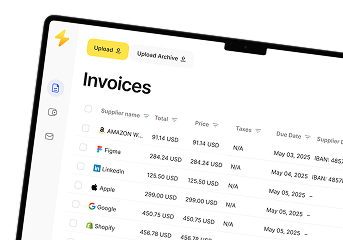
Conclusion: Understanding the Difference Between Invoices and Receipts
Understanding the difference between invoices and receipts is essential for keeping your business organized, compliant, and financially accurate. While invoices are used to request payment, receipts confirm that payment has been received. These documents serve different purposes and are both critical in the transaction process.
Recognizing the differences between invoices and receipts helps you maintain clear records, avoid confusion, and build trust with clients. Tools like TurboDoc make it easy to manage both — from creating professional invoices to issuing receipts — saving you time and ensuring accuracy at every stage.
Automate document processing with TurboDoc
Recognize invoices, contracts, and forms in seconds. No manual work or errors.
Try for free!



❓ FAQ
Is an invoice a receipt?
No, an invoice doesn’t mean that payment has been made. An invoice is a request for payment, whereas a receipt is issued after payment is received. In short, invoice vs a receipt comes down to timing and purpose.
Can you claim expenses without a receipt?
In most cases, no. A receipt is proof of payment and is often required for tax reporting or reimbursement. An invoice alone may not be enough, since the receipt is proof that the payment was actually made.
Do you need both an invoice and a receipt?
Yes, in many situations, both are necessary. An invoice is essential for requesting payment, and a receipt is proof of payment once the transaction is complete. The difference between an invoice vs a receipt ensures transparency in your records.
What happens if you don’t issue an invoice?
If you don’t issue an invoice, you may lose track of payment due, confuse clients, or face delays in payment. An invoice is essential for professional communication and accurate accounting.
Can a receipt be used as an invoice?
No. A receipt is proof of payment, not a request. A receipt shows that the transaction has already been completed, whereas a receipt cannot outline payment terms or amounts owed like an invoice can.
Is an invoice a proof of purchase or receipt?
Not exactly. An invoice doesn’t mean payment was made. It documents what is owed. Only a receipt is proof of payment, confirming that the transaction has been finalized.
Is there any difference between a receipt and an invoice?
Yes — a major one. The difference between an invoice vs receipt is that one is issued before payment (invoice) and the other after payment (receipt is issued). An invoice and a receipt serve different roles and should not be used interchangeably.



